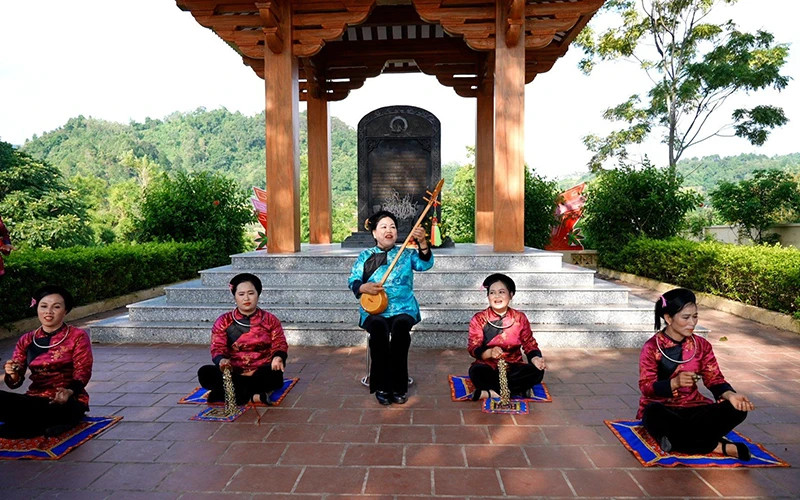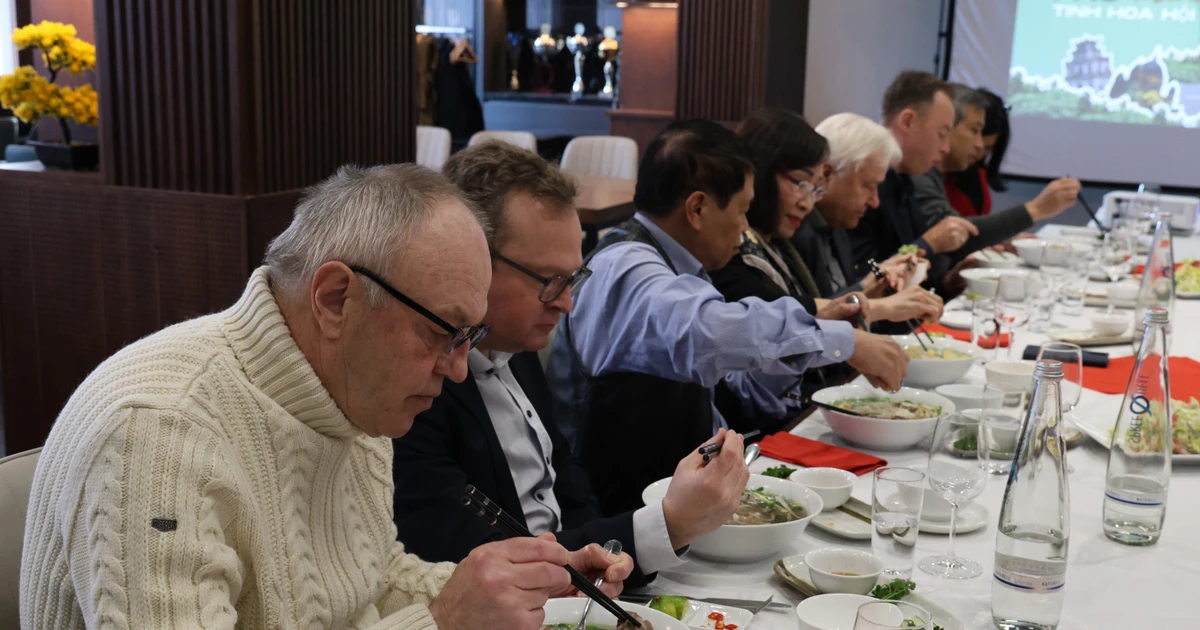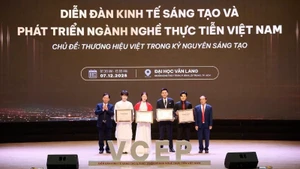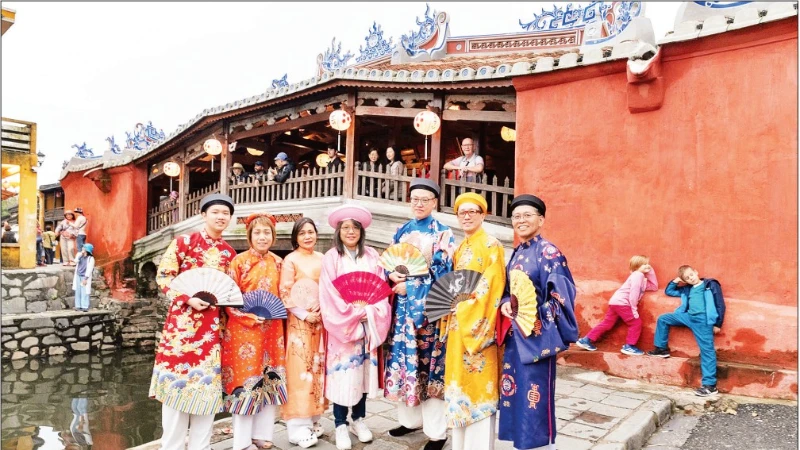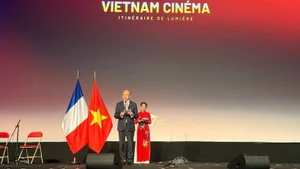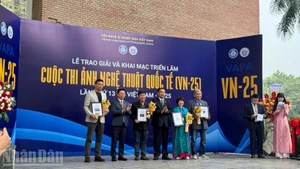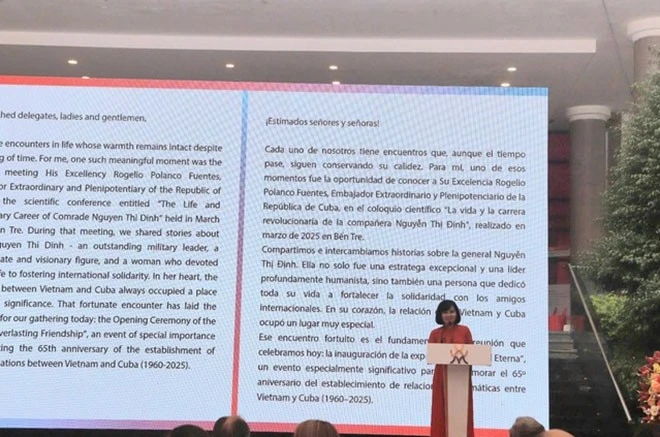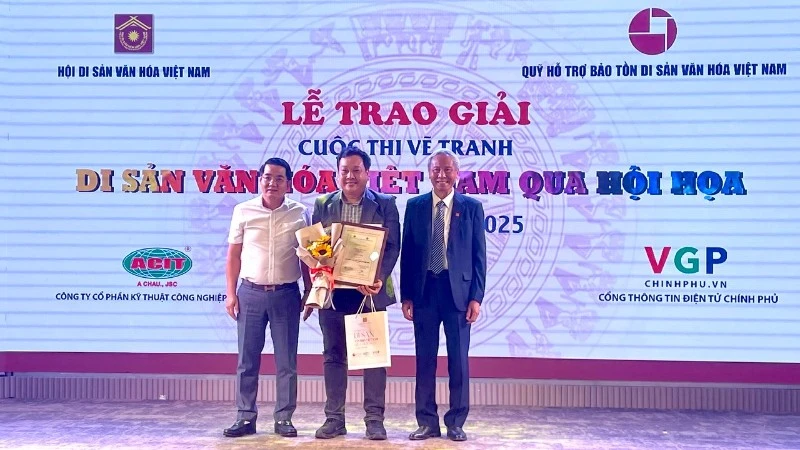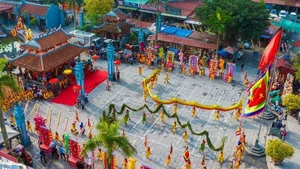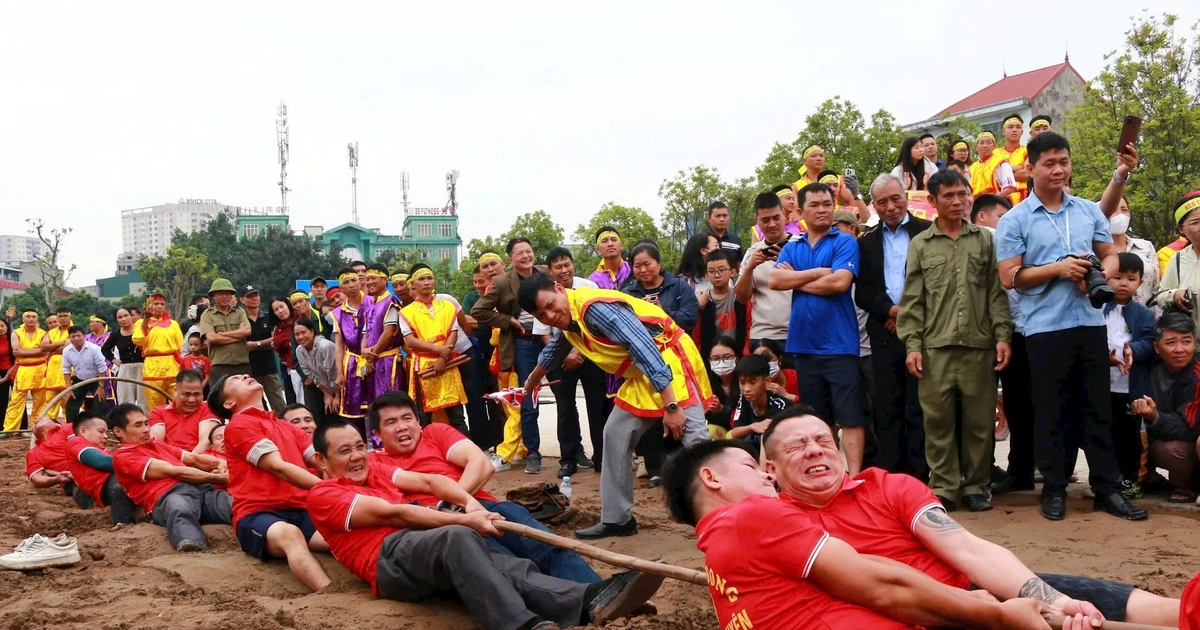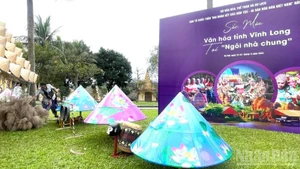This type of performing art continues to be preserved, promoted, and increasingly spread with the contributions of artisans in village and hamlet communities.
Then singing has long been associated with the Tay and Nung people in Lang Son and many northern mountainous provinces, and it continues to be preserved in village and hamlet communities.
Many artists and musicians have incorporate some popular Then singing melodies into new folk songs or musical works.
Artisans keep fire of Then singing burning
Regarding the spread of Tinh lute melodies and Then singing lyrics, it is impossible not to mention the passion and dedication of artists in villages, hamlets, wards, and communes in the border land of Lang Son who are preserving and transmitting Then melodies to the community day and night, especially to the young.
People's Artist of Then singing Mong Thi Sam (Vinh Trai Ward, Lang Son City) is among them. At the age of 86, she still diligently preserves the ancient Then singing and teaches Then singing to many generations of students.
With the desire to preserve and protect ancient Then singing, since 1961, Mong Thi Sam has begun to teach her profession to others. Her students are in all districts and cities in the province.
People's Artist Trieu Thuy Tien, Vice President of the Lang Son Province Folk Song Preservation Association, shared: "In recent years, with the hope that the ancient Then singing — a precious national cultural heritage — will not be lost, we have collaborated to collect and transcribe the ancient Then songs into written documents to preserve, serve research, and teach members of the Then singing clubs of the Provincial Folk Music Preservation Association."
People's Artist Ha Mai Ven is also a familiar name to those who love Lang Son folk songs. She is the initiator and Chairwoman of the Then, Sli Singing Club in Thuy Hung Commune, Cao Loc District.
Born and raised in the homeland of the Then and Sli singing melodies of the Tay and Nung people, her love for folk songs has grown over the years and urged her to preserve the traditional Then and Sli singing melodies from the risk of being lost.
Overcoming difficulties, she has made efforts to maintain the Then, Sli Singing Club — a gathering place for members who share a passion for folk songs and wish to spread that love and passion to young people.
The Then, Sli Singing Club in Thuy Hung Commune was officially established in 2017 with 18 members, with a diverse range of ages (the oldest is over 50 and the youngest is only eight years old). Over the past seven years, important events and festivals of the locality, district and province have had performances by the "artists" of the Club.
To date, People's Artist Ha Mai Ven has spent more than 33 years trying to preserve and teach Then and Sli singing melodies. She has also made many contributions to the research, collection, adaptation, and composition of more than 200 Then and Sli songs.
Finding sustainable preservation directions
Director of the Department of Culture, Sports and Tourism of Lang Son Province Nguyen Dang An said that folk artists in villages, hamlets, wards and communes have contributed a lot to restoring Then singing and have a widespread movement in Lang Son.
Currently, Lang Son Province has 20 Then and folk singing clubs with about 500 members, contributing to promoting the preservation and transmission of the values of traditional performing arts.
In 2022, the People's Committee of Lang Son Province issued Plan No. 42 on implementing a project titled "Preserving and promoting the values of folk songs, folk dances, and folk music of ethnic minorities associated with tourism development in the period of 2021-2030" with a total budget of tens of billions of VND.
Lang Son regularly organises competitions, performances and cultural events at fairs and community cultural houses in order to honour and promote folk performing arts.
So far, the Then singing movement has gradually restored and developed in Lang Son, but there are still many difficulties. The work of preserving and promoting folk songs, including Then singing, remains limited due to limited investment and mobilisation of resources for the movement.
The number of artisans is decreasing due to old age, while under the impact of modern life, a part of the young generation is at risk of increasingly moving away from the traditional culture of the nation.
This requires mechanisms and policies related to the protection and promotion of intangible cultural heritage values, encouragement and honouring artisans who have contributed to preserving and teaching Then singing. It is necessary to allocate a reasonable amount of funding to support the activities of artisans so that they can teach Then singing melodies to the younger generation and train successors.
The optimal way to preserve and promote the value of Then singing heritage is to preserve, transmit and promote the value in the community as artisans in villages and hamlets have been doing. At the same time, Then singing needs to be included in tourism programmes to both honour the identity of Lang Son and create conditions for Then singing to "live" and develop in the community space.
